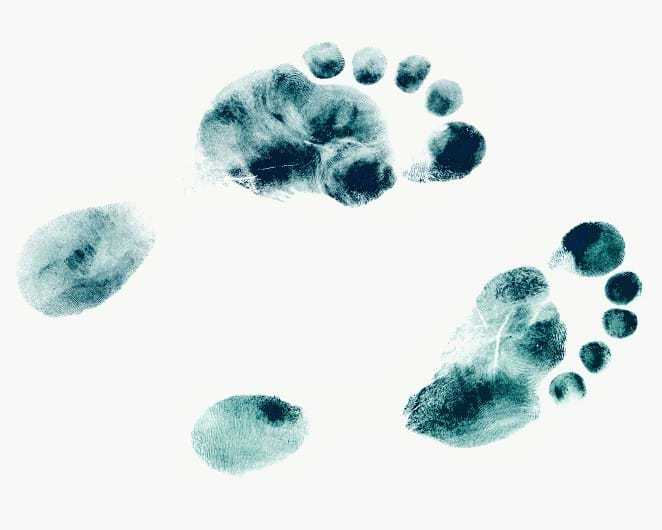Arguments for running sans shoes
Advocates of minimalist running claim barefoot running is better for the bones and joints of the body, allowing you to run the way nature intended. After all, humans have been running for millions of years as a matter of sheer survival and, without shoes! It has only been over the past 40-50 years that the big brand athletic shoe companies have sold the idea well for wearing shoes with cushioning, motion control and all the other gimmicks. This period of time has demonstrated no significant decline in running-related injuries despite the footwear. Barefoot advocates hypothesize that modern running shoes are an abnormal addition to our own human design.

Barefoot running and shod running show a difference in running mechanics and style. Barefoot runners use a forefoot-to-midfoot type of strike instead of the heel-to-forefoot strike that is seen with runners who wear shoes. This forefoot striking pattern works the muscles in the foot and the lower leg differently to try to cushion the foot strike. It also shortens the stride, which affects the stress from impact with the ground. This increase in intrinsic supportive muscles use of the foot and arch, better absorbs the impact of each strike to the ground, decreasing the impact on joints higher up the chain- the knees, hamstrings, hips and backs.
Other claimed benefits of barefoot running are increased proprioception, better balance and increased efficiency over running the same distance as shod running. This included less oxygen consumption, lower heart rates and reported feelings of tiredness amongst the athletes within the research trial.
Arguments for running with shoes
The jury is still out on the medical community’s stance in the barefoot running discussions. For instance, the American Podiatric Association is still undecided on their position, but do emphasise the risks.
Barefoot or minimalist running is so new that there are no studies on long-term effects such as trauma to soft tissue in the lower limbs, trauma to nerves, the impact on sensory issues in the feet and muscles. Transitioning from having worn shoes to barefoot has many concerns. These are due to the dramatic changes in biomechanics of the foot and lower limb as already discussed and include the incidence of stress fractures in the feet, tendinitis such as plantar fasciitis and Achilles tendonitis and skin lesions.
The beauty of running in shoes is that shoes can be matched to your foot type. Orthotics can be prescribed to successfully aid a better foot motion and assist with pre-existing knee, hip and back niggles. This has been seen time and time again with athletes over the years. Shoe advocates argue that if you have been running without injury, why change what isn’t broken?
Where can I read more on this topic?
There are countless news articles, research papers and books springing up regarding minimalist running. This list below is just a few.
Born to Run: Arguably the book that started it all and a great read.
http://www.nytimes.com/2011/11/06/magazine/running-christopher-mcdougall.html?pagewanted=all
Next edition we will explore the implications of this movement on running technique and how this can help you with your performance as a runner.